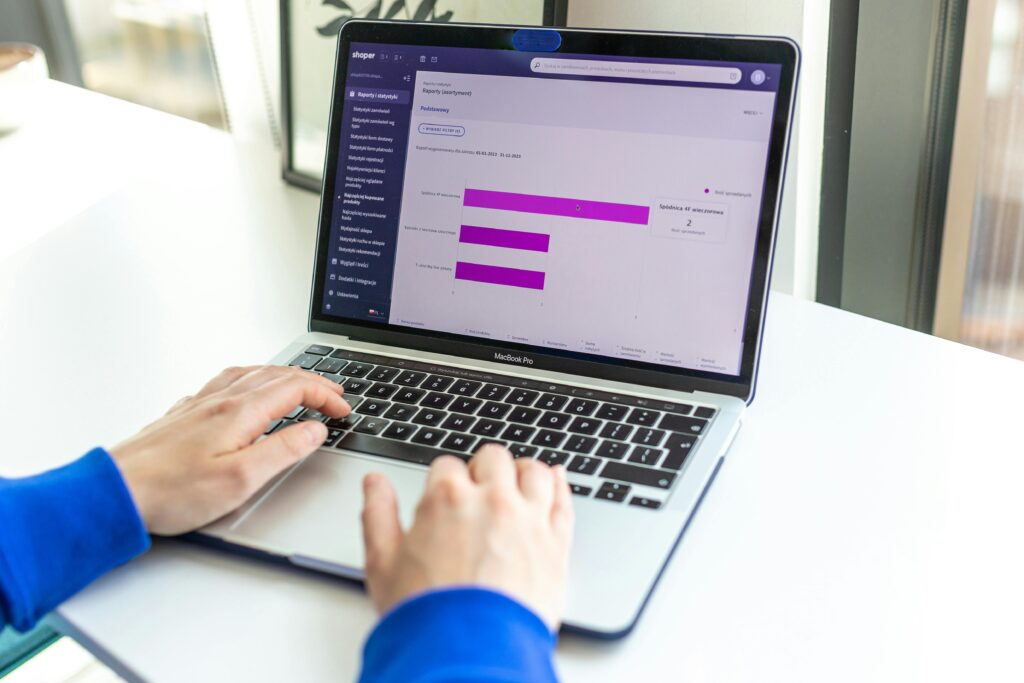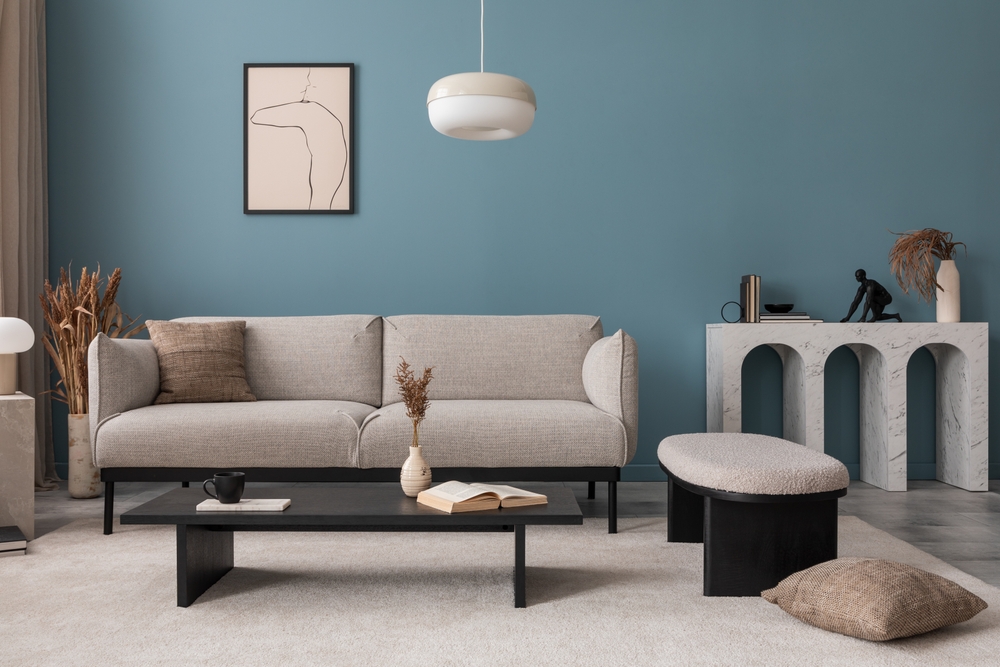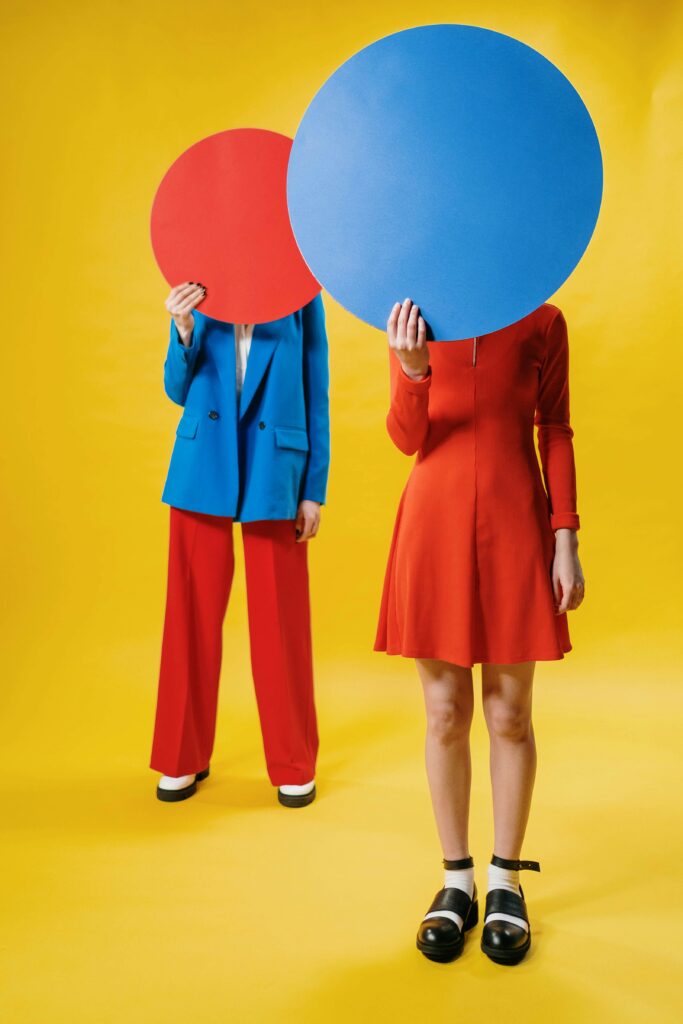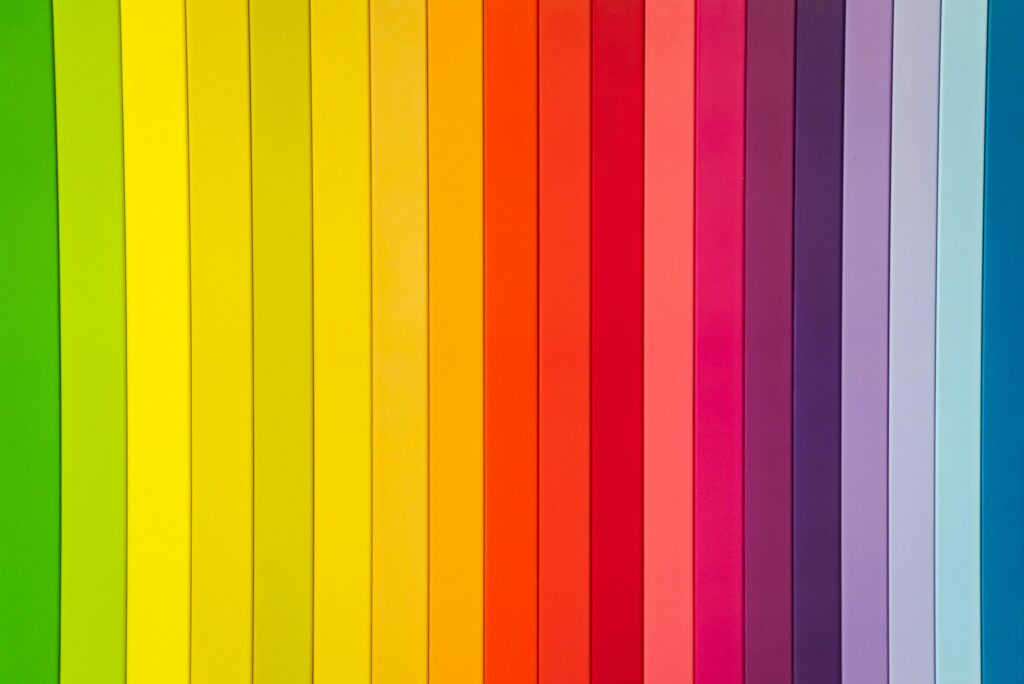Color preference is more than a matter of aesthetic taste. According to psychologists, the colors we gravitate toward reveal something significant about our personalities, values, and even cognitive tendencies. For decades, researchers have studied the impact of color on mood, decision-making, and interpersonal behavior.
While colors like red are associated with passion or aggression and yellow with cheerfulness and creativity, these are not the top favorites among individuals considered highly intelligent. Instead, there is one color that consistently emerges as the favorite among those who exhibit high intellectual ability, introspection, and problem-solving skills. The color is not bold or bright, but rather subtle, calming, and deeply symbolic.
The Psychology of Color Preference

Color psychology is a field that explores how colors influence human emotions, thoughts, and behaviors. Research has shown that color preferences often align with personality traits. Extroverted individuals tend to prefer bright and stimulating colors like orange and red, while introverted or reflective individuals lean toward cooler hues. These preferences are not just about visual appeal but are also tied to emotional needs, cognitive styles, and even childhood experiences. For psychologists, color preference provides clues to a person’s inner world. Understanding why certain individuals prefer certain colors can help build a psychological profile and even predict behavioral tendencies.
Intelligence and Color Choice: The Link

A number of studies have attempted to connect personality traits linked to intelligence with color preferences. Highly intelligent individuals often display characteristics such as curiosity, emotional regulation, abstract reasoning, and deep analytical thinking. These traits are usually connected with a love of solitude, introspection, and an appreciation for complexity. As a result, their favorite colors tend to reflect these attributes. Researchers have found a consistent correlation between higher intelligence scores and the preference for one particular color. This color is neither aggressive like red nor attention-seeking like yellow. Instead, it reflects depth, calmness, and wisdom.
Blue: The Undisputed Favorite of the Intellectually Inclined

According to numerous studies and psychological assessments, blue is the color most often favored by individuals considered to be highly intelligent. Unlike red or yellow, which are warm and energetic, blue is a cool, calming color. It promotes serenity, reflection, and mental clarity. These qualities make it appealing to people who thrive on thinking, learning, and problem-solving. Blue is associated with stability, trust, and depth, all of which resonate with individuals who are grounded, thoughtful, and intellectually curious. In surveys conducted across cultures and age groups, blue consistently ranks as the top favorite among people who score high on IQ tests or exhibit high academic and creative achievement.
Why Blue Resonates With the Intelligent Mind

The appeal of blue to intelligent individuals can be attributed to its psychological impact. Blue lowers heart rate, reduces anxiety, and enhances focus, making it ideal for tasks that require deep thinking and concentration. People perform better on cognitive tasks, especially those involving creativity and critical thinking, when exposed to blue environments. This suggests that the color itself may boost mental performance. It is no surprise that intelligent individuals, who are naturally inclined to spend more time reading, writing, and reflecting, prefer a color that supports and enhances these activities.
Cultural and Historical Significance of Blue

Throughout history, blue has held a unique place in human culture. In ancient Egypt, blue was associated with the heavens, the divine, and the infinite. During the Renaissance, it was used to signify intelligence and piety. In modern times, blue is widely seen as a professional and trustworthy color. It is the dominant color in business, healthcare, and technology industries, all of which require precise thinking and responsibility. The consistent use of blue in these high-functioning environments reinforces its connection with intelligence and authority. Furthermore, blue is often associated with introspective environments such as libraries and academic institutions, spaces that intelligent individuals naturally seek out.
Read More: The Different Colors of Emoji Hearts Actually Have Different Meanings
Scientific Backing for Blue’s Cognitive Effects

Scientific experiments provide strong support for the psychological effects of blue. One study found that people exposed to blue surroundings performed significantly better on tasks requiring both memory and attention. The researchers concluded that blue environments support intellectual engagement and reduce stress. Another study showed that blue light exposure in learning spaces improved information retention and reduced cognitive fatigue. These findings align with the preferences of highly intelligent individuals, who are drawn to environments that support focus, clarity, and learning.
Blue Versus Red and Yellow: A Cognitive Comparison

While red and yellow are vibrant and emotionally stimulating, they serve different cognitive functions than blue. Red has been shown to increase alertness and physical response but also to trigger anxiety and aggression. It is often associated with competitiveness rather than contemplation. Yellow, on the other hand, stimulates optimism and creativity but can also cause visual fatigue and agitation when overused. For intelligent minds that thrive in calm, focused environments, blue offers a more balanced cognitive landscape. It does not overstimulate, and it encourages thoughtfulness and persistence, qualities that align with intellectual pursuits.
The Role of Personality Traits in Color Preference

Personality tests such as the Big Five Inventory consistently show a link between openness to experience, conscientiousness, and preference for blue. Intelligent individuals often score high in openness, which includes traits like curiosity, imagination, and intellectual exploration. They also score high in conscientiousness, which involves organization, goal-setting, and disciplined thought. Blue, as a color, supports these traits by promoting stability and mental clarity. It encourages introspection rather than impulsiveness, and logic rather than emotion. This explains why so many intelligent individuals naturally choose blue as their preferred color, whether consciously or subconsciously.
How to Use Blue to Boost Your Own Mental Performance

If you are looking to optimize your own cognitive abilities, consider incorporating more blue into your daily environment. This does not require drastic changes. A blue notebook, a blue-themed digital workspace, or a blue accent wall in your study area can be enough to create a calming and intellectually stimulating atmosphere. Wearing blue clothing during interviews or academic presentations may also enhance your confidence and clarity. Many tech companies and academic institutions already use blue in their branding and design because of its strong psychological benefits. Even if blue is not currently your favorite color, its positive effects on concentration, learning, and decision-making are worth exploring.
A Color That Reflects Intelligence

Color preference might seem like a small detail, but it can reveal a great deal about how people think and feel. While red and yellow capture attention and express energy, blue remains the color most consistently favored by those who excel in intellectual domains. Its associations with calm, depth, and clarity make it the ideal backdrop for learning and reasoning. Whether you consider yourself highly intelligent or simply want to think more clearly and perform better, embracing the color blue could be a simple yet powerful tool. Psychology experts agree that blue is not just a favorite color. It is a mirror of the mind at its most thoughtful and inspired.
Read More: 8 Wedding Color Choices to Avoid
Disclaimer: This article was created with AI assistance and edited by a human for accuracy and clarity.

